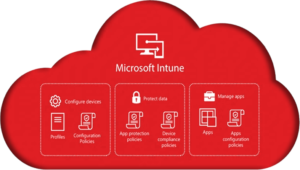Automating Microsoft System Center Service Manager 2010 Portal Activex Control
One of the client side requirements for access to the System Center Service Manager 2010 Self-Service Portal is the “Microsoft System Center Service Manager Portal ActiveX Control.” This control is required for your end users to navigate to your Microsoft System Center Service Manager Portal. That being said a best practice to leverage distribution the control is the application of a group policy object. This provides the ability to automatically distribute the control domain wide, as well as filter who receives the control.
Using the Group Policy Management feature create a new Group Policy Object that is Link Enabled and Enforced. I the example below the name “Install SCSM Portal Software” has been applied. As you can see the object is Enforced and Link Enabled.
Now the group policy object needs to be edited with the Group Policy Management Editor. Navigate to \Computer Configuration\Policies\software Settings in the Group Policy Management Editor. Right click the Software installation icon and select New\Packackage. Browse, and then navigate to the PortalClient.msi location selecting the .msi. In this example, the location is \\secondsite\scomsoftware\Portal.msi “. Choose Assigned for the deployment method, if no modifications to the .msi are required.
One of the best methods to ensure the policy has been applied is to run GPRESULT /H .HTML on the client. This will use IE to return results for the systems new policy.





